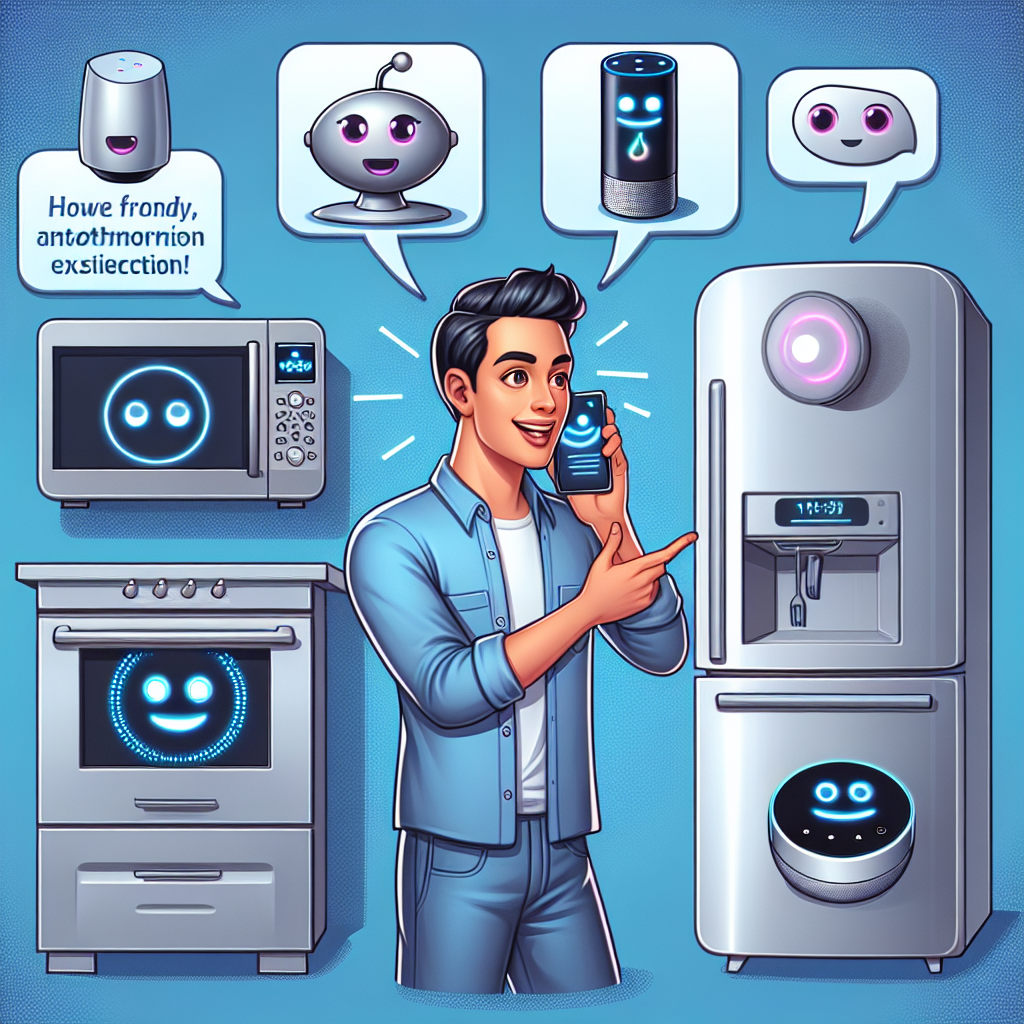Have you ever had a brilliant idea for an app or service but lacked the technical skills to bring it to life? Or maybe you’re a small business owner looking for ways to boost your revenue without hiring an entire development team? The world of AI SaaS (Software as a Service) creation platforms is opening doors that were previously locked to all but the most tech-savvy entrepreneurs.
These powerful yet user-friendly platforms are revolutionizing how individual entrepreneurs, small businesses, and even developers can transform creative concepts into profitable ventures. Think of them as your personal launchpad – taking you from “I wish I could build that” to “Look what I created!” in record time.
With AI SaaS creation platforms, your journey from idea to income doesn’t require a computer science degree or venture capital funding. It simply requires your unique vision and the right tools to execute it. Let’s explore how these platforms can become your secret weapon in the competitive digital marketplace.
Monetizing AI: More Ways Than You Might Think
When most people think about making money with AI, they might picture complex algorithms or data science expertise. But today’s AI monetization landscape is far more accessible and diverse than ever before.
Direct monetization through feature integration is one of the most straightforward approaches. This involves embedding AI capabilities directly into your existing products or services and charging users for these enhanced features. For example, a scheduling tool might incorporate AI to optimize appointment times based on participants’ previous behaviors and preferences – a feature users would gladly pay extra for.
Selling metered tokens has emerged as another popular monetization method. This “pay-as-you-go” model allows users to purchase tokens that are consumed when using specific AI features. It’s similar to how you might pay for electricity – only using (and paying for) what you need. This approach works particularly well for tools with variable usage patterns, such as AI-powered image generators or content creation platforms.
Sarah, the owner of a small design agency, implemented this token-based system for her AI logo generator. “My clients love that they can buy a small package of tokens to test the service before committing to larger purchases,” she explains. “My monthly revenue has increased by 40% since implementing this flexible payment structure.”
These revenue streams aren’t just theoretical – they’re being implemented by savvy entrepreneurs right now. According to recent industry data, businesses that incorporate AI monetization strategies see an average revenue increase of 30% within the first year of implementation.
The Power of Decentralized Platforms
The rise of decentralized platforms is adding another dimension to AI monetization, particularly when it comes to compensation and revenue sharing. Unlike traditional centralized systems where a single company controls the platform and takes a significant cut of the profits, decentralized platforms distribute control and rewards more equitably.
These platforms use blockchain technology to create transparent, tamper-proof systems for tracking contributions and distributing revenues. For creators, this means more control over their earnings and often a larger share of the profits.
Take SingularityNET, for instance – a decentralized AI marketplace where developers can publish, share, and monetize AI services at scale. The platform allows creators to set their own terms and pricing while facilitating secure transactions between providers and users.
“Decentralized platforms gave me ownership over my AI models in a way traditional platforms never could,” says Miguel, a developer who sells specialized machine learning algorithms. “I set my prices, retain my intellectual property rights, and receive 85% of what customers pay – compared to the 50-60% I was getting on centralized marketplaces.”
This shift toward decentralization is particularly valuable for small businesses and individual entrepreneurs who previously might have been at the mercy of large tech companies’ terms and fee structures. Now, these creators can join networks like DcentAI or Hyperbolic, where they not only share in the revenue but also help govern the platform itself.
Selling AI-Generated Art and Products
If you have a creative streak, AI can become your collaborative partner in producing marketable art and products. Online platforms like Etsy and Redbubble have seen an explosion of AI-generated artwork, designs, and merchandise.
The beauty of this approach lies in combining print-on-demand services with AI creativity. There’s virtually no inventory to manage or upfront production costs to worry about. You create the designs using AI tools, upload them to these marketplaces, and the platforms handle production and shipping when customers place orders.
“I started generating unique pattern designs using an AI tool and selling them on various products through Redbubble,” shares Jamie, a part-time entrepreneur. “Within three months, I was making enough to cover my car payment without having to invest in any inventory or equipment.”
The print-on-demand model is particularly attractive for testing multiple ideas with minimal risk. You can quickly iterate and see what resonates with customers, adjusting your offerings based on real market feedback rather than hunches.
Custom t-shirts, posters, phone cases, and home décor items featuring AI-generated designs are finding enthusiastic buyers. The key is developing a distinctive style or niche that sets your products apart in these increasingly popular marketplaces.
Print-on-demand eliminates storage costs
AI handles the creative production
Test multiple ideas with minimal investment
Adding Unique Value to Stand Out
While AI makes creation easier, it also means more people can enter the market. So how do you ensure your AI-powered offerings rise above the noise? The answer lies in adding unique value that others aren’t providing.
Successful AI monetization isn’t just about using the technology – it’s about applying it in ways that solve specific problems or meet particular needs better than existing solutions. This might mean combining AI with your industry expertise, personalizing outputs based on customer data, or creating specialized solutions for niche markets.
Consider the difference between a generic AI writing assistant and one specifically designed for real estate professionals that understands property descriptions, local regulations, and effective selling language. The specialized tool can command premium pricing because it delivers more relevant value to its target audience.
“When I shifted from offering general AI content creation to focusing exclusively on helping financial advisors create compliance-approved client communications, my subscription rates tripled,” notes Priya, founder of a specialized AI writing service. “The specificity made all the difference.”
This principle applies across all AI monetization efforts. The more your offering addresses specific pain points or creates unique opportunities for your customers, the more you can charge and the less competition you’ll face.
Low-Code Tools: No Programming Required
One of the most exciting developments in the AI SaaS creation space is the proliferation of low-code platforms that make application development accessible to non-programmers. These tools use visual interfaces, drag-and-drop components, and pre-built modules to simplify the development process.
Platforms like Zygote.AI are leading this democratization of AI application development, allowing entrepreneurs with great ideas but limited technical skills to build sophisticated, user-friendly AI applications. These low-code environments handle the complex backend processes while you focus on your application’s unique value proposition and user experience.
“I had zero programming experience when I started,” admits Carlos, who built a successful AI-powered inventory management system for small retailers. “Using a low-code AI platform, I was able to create a solution that now serves over 200 paying customers. What would have taken a development team months took me weeks to build on my own.”
These platforms typically offer templates and building blocks specifically designed for common AI functionalities like natural language processing, image recognition, or predictive analytics. This modular approach means you can assemble sophisticated applications by connecting pre-built components rather than writing code from scratch.
For small businesses, this capability is transformative. It means you can respond quickly to market opportunities without lengthy development cycles or expensive technical hires.
Workflow Automation with Intelligent Collaboration Tools
Beyond creating standalone applications, AI SaaS creation platforms excel at developing intelligent collaboration tools that automate workflows. These solutions can transform how businesses operate by removing repetitive tasks and streamlining processes.
Customizable AI digital workers are becoming increasingly popular for handling routine operations. Unlike rigid automation scripts, these AI assistants can adapt to changing conditions, learn from interactions, and handle variations in tasks. They become valuable team members that never sleep, don’t take vacations, and consistently perform at optimal levels.
“We implemented customizable AI digital workers to handle our customer support triage,” explains Alex, operations manager for an e-commerce business. “The system automatically categorizes incoming requests, responds to common questions, and routes complex issues to the appropriate human specialist. Our response times decreased by 65%, and our team now focuses on solving interesting problems instead of repetitive inquiries.”
This shift toward intelligent workflow automation allows businesses to reallocate human talent to innovation and strategy. When routine tasks are handled by AI, your team can focus on creating new value and improving customer experiences – areas where human creativity and emotional intelligence still outperform machines.
Zygote.AI’s philosophy of achieving fully automated workflows is already becoming reality for many businesses. Their platform enables the creation of end-to-end solutions that can select topics, generate content, create illustrations, perform reviews, and even handle publication and promotion – all with minimal human intervention.
Personal AI Products: Productivity and Profit
While business applications often get the spotlight, personal use AI products represent another significant opportunity for both utility and monetization. Custom chatbots, personal assistants, and specialized productivity tools can enhance individual efficiency while potentially generating revenue.
Imagine creating a personalized fitness coach that adapts workout recommendations based on user feedback and progress. Or a meal planning assistant that considers dietary restrictions, ingredient availability, and nutritional goals. These personal AI products solve everyday challenges while offering monetization potential through subscription models or premium features.
“I built a specialized AI assistant for academic researchers that helps organize literature reviews and identify research gaps,” shares Tanya, a former graduate student. “What started as a tool to solve my own problems now generates subscription revenue from users across 40 countries.”
The intimate nature of personal AI products creates opportunities for deep user loyalty. When an AI solution becomes integrated into someone’s daily routine, they’re less likely to switch to alternatives and more willing to pay for continued access and improvements.
Empowering Creativity and Innovation
At its core, the promise of AI SaaS creation platforms like Zygote.AI is about empowerment – giving individuals and small teams the capability to build solutions previously possible only for large companies with extensive resources.
Zygote.AI’s vision of being the ultimate AI SaaS creation platform reflects this democratizing approach. By enabling everyone to easily turn their ideas into AI SaaS products – whether for personal use, sharing, or selling – these platforms foster a culture of continuous innovation and growth.
The accessibility of user-friendly AI tools means more diverse perspectives can contribute to solving problems. When creation isn’t limited to those with technical backgrounds, we see more creative approaches and applications tailored to previously underserved needs.
“What excites me about platforms like Zygote.AI is that they let people with domain expertise but no coding skills build exactly what their industry needs,” observes Dr. Ramos, a veterinarian who created an AI diagnostic assistant for small animal clinics. “No general-purpose AI company would have built my specific solution because the market seemed too small – but for the clinics using it, it’s transformative.”
The future of work and innovation increasingly belongs to those who can harness AI’s capabilities to extend human creativity rather than replace it. AI SaaS creation platforms provide the bridge between imaginative ideas and functional implementation, allowing entrepreneurs to focus on the “what” and “why” rather than getting bogged down in the technical “how.”
By encouraging users to share and sell their AI products, these platforms create virtuous cycles of innovation where successful ideas inspire new applications and improvements. This open market approach ensures the technology evolves to meet real needs rather than theoretical use cases.
Whether you’re an individual entrepreneur looking to launch your first digital product, a small business seeking efficiency gains, or a developer wanting to build solutions more rapidly, AI SaaS creation platforms offer the tools to turn your creative ideas into cash – no computer science degree required.
Explore how AI SaaS creation platforms can help you build, launch, and monetize your unique solutions.









